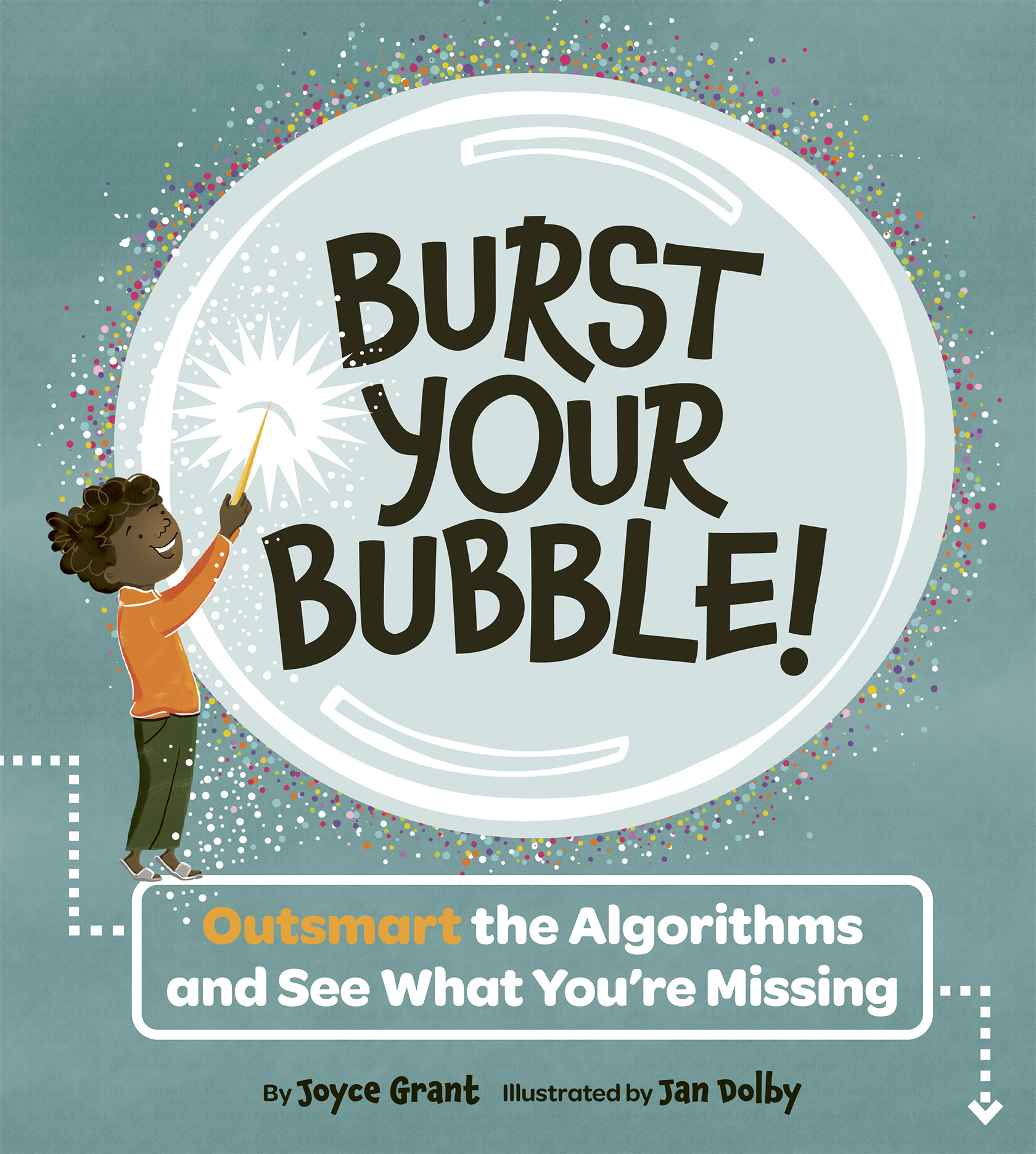
Students are finally returning to school this week. That is, unless they started last week. Or next week. Or last month. Or unless they’re staying home and learning online. Or are being homeschooled. Or are in university and choosing to take a gap year.
Yep, things are different this year. And it’s all due to COVID-19, the virus that has affected people around the world.
Even for the students who are physically going into school, there will be lots that’s different this year. Everyone, including the teacher, will be wearing a mask when they are indoors and often when they are outside. They’ll also be washing their hands frequently and keeping two metres (six feet) away from others. And they’ll avoid touching their face with their hands.
Wearing a mask and keeping your distance have been shown to be two of the most effective ways to keep someone with COVID-19 from infecting others — and to avoid being infected, yourself.
There is currently no vaccine we can take to prevent getting COVID-19 (although many are in development). And someone can have COVID-19 even when they do not have any symptoms (like a fever, cough, and tiredness, which are three of the most common symptoms). So until there’s a vaccine, wearing a mask, washing your hands frequently, staying at least two metres away from others and avoiding touching your face will help keep students and teachers safe.
The virus is spread from person-to-person, through tiny, almost invisible droplets when a person talks, coughs or sneezes. A mask helps to stop those droplets. And not touching your face means that even if the virus is on your fingers, it won’t infect you. Washing your hands and using sanitizer help to kill the virus on your hands and on surfaces like desks and door handles.
There is no doubt that COVID-19 is challenging for teachers, students and parents. Everyone, in fact. So everyone around the world is making changes to their daily routine to cope with the pandemic (world-wide illness).
THINK AND DISCUSS
For most of us, this school year is unlike any other. What does your learning look like this year? How is it different from past years? What other types of learning is happening in other schools, with other students in your country and around the world?
This article names just some of the things we can do to keep ourselves safe from COVID-19. What are some others?
Do you have any questions about COVID-19? What are they? How can you find the answers?
Were you looking forward to starting school again (in whatever form you’re experiencing it)? Or did you want the summer to continue on as it was? What were you most looking forward to (or not)?
Not everyone has the same opportunities to learn. That’s true all the time, but especially during the pandemic. For instance, some students may want to learn online but don’t have access to a computer or wifi. Other students may want to physically go into school but may not be able to. Discuss.
How are you coping? We all have “up days” and “down days,” especially during this challenging pandemic. What, if anything, are you doing to support yourself (or others) during this time?
The pandemic is on people’s minds, but other things, like the Black Lives Matters movement, are still important to think about. What topics besides the pandemic are on your mind?
TRISTAN REPORTS
Check out this great video by Grade 4 student Tristan, who comments on this article.
LINKS
WHO (the World Health Organization) website’s information about COVID-19: https://www.who.int/emergencies/diseases/novel-coronavirus-2019
Government of Canada’s public health website about COVID-19: https://www.canada.ca/en/public-health/services/diseases/coronavirus-disease-covid-19.html
Centres for Disease Control and Prevention (CDC): https://www.cdc.gov/coronavirus/2019-ncov/index.html








